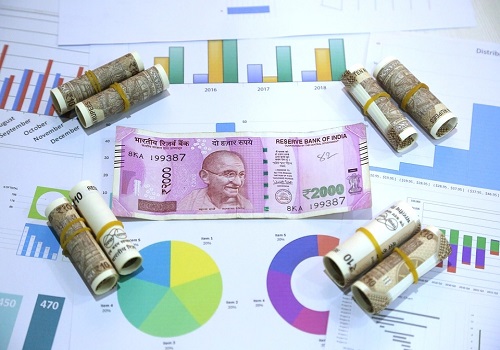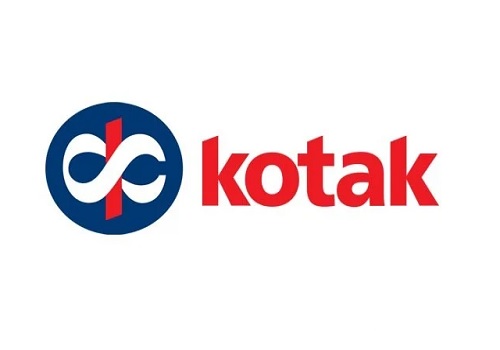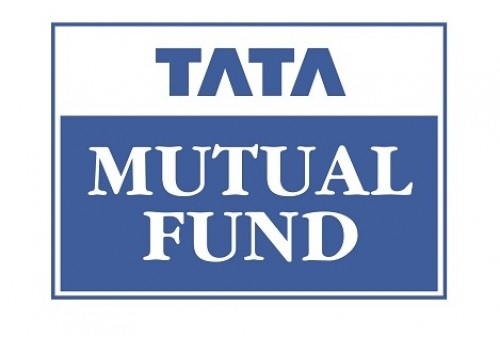India GDP:Weak growth patches ahead- Emkay Global Financial Services Ltd
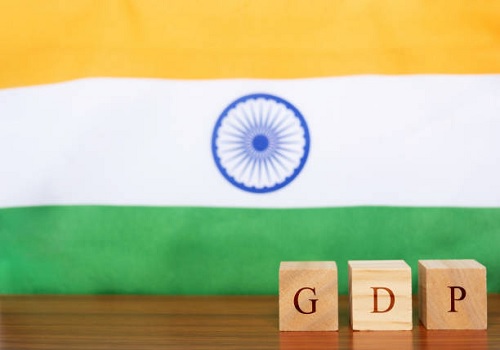
Follow us Now on Telegram ! Get daily 10 - 12 important updates on Business, Finance and Investment. Join our Telegram Channel
https://t.me/InvestmentGuruIndiacom
Download Telegram App before Joining the Channel
* Q1FY23 GDP expectedly grew 13.5%, led by service-sector rebound. Despite sequential contraction, the strong YoY growth partly reflects the favorable base effect, as Q1FY22 growth was severely impacted by the Covid Delta wave. Growth disappointed in Manufacturing, partly owing to sequential easing in corporate profitability led by rising input costs and supply shortages. Private GVA growth remained steady at 12.2%.
* The expenditure side depicted pick up led by private consumption, while GFCF improved further. However, government consumption was dismal. The sharp uptick of around 26.7% in nominal GDP growth essentially reflects the higher deflator.
* Going ahead, even as recovery in domestic economic activity is yet to become broad-based, protracted global drags in the form of elevated prices, supply shortages, shrinking corporate profitability, demand-curbing monetary policies and diminishing global growth prospects weigh on output. This will put pressure on domestic growth, which is yet to be broad-based and still lacks the next lever of secular growth. We see downside risks increasing for our 7% growth forecast for FY23.
Q1FY23 growth in line with our expectations, led by services
Q1 GDP growth expectedly rebounded to 13.5% (Emkay: 13.8%; Consensus: 15.5%), led by recovery in the services sector. Despite sequential contraction, the strong YoY growth partly reflects a favorable base effect, as Q1FY22 growth was severely impacted by the Covid Delta wave. The sharp uptick of around 26.7% in nominal GDP growth essentially reflects the higher deflator. On the production front, GVA growth at 12.7% (3.9% in Q4FY22) was led by Services growing 17.6%, with the industrial sector also rising, to 8.6%. Growth disappointed in Manufacturing, partly owing to sequential easing in corporate profitability led by rising input costs and supply shortages. Construction rose 16.8%, while electricity demand remained resilient. Services depicted the impact of full normalization, especially in contact-intensive services, led by trade hotels and T&C. Public Services rose 26.3%, possibly also supported by the ‘others’ category, which includes sectors like education, etc. Agriculture grew 4.5%, but uneven distribution of the monsoon may pose a mild downside risk for Q2FY23. Private GVA growth remained steady at 12.2%
Expenditure shows private consumption leads the show
Q1 GDP via the expenditure lens shows private consumption leading the pack, with 26% growth, depicting the opening-up of services and normalization of demand. On the data front, urban consumption indicators have shown broad-based improvement, with rise in consumer-goods production, passenger-vehicle sales and air travel. This may have also been helped by formal-sector employment growth in the previous quarter. Government consumption showed meager growth. GFCF has grown well above 20%, again possibly led by the public sector, that too largely by the Centre ? capex spend by the Centre in Q1 has been tracking above 50%, while state capex seems to be sluggish. On the external front, the drag on net imports increased, with imports outpacing exports due to rise in global commodity prices plus the ongoing domestic demand. This was expected, as the merchandise trade deficit had surged to US$70.8bn in Q1FY23 from US$54.4bn in Q4FY22 and US$31.4bn in Q1FY22.
Growth pressures likely to worsen ahead; we retain our 7% FY23 growth forecast with downside risks
Back home, incoming data, even though slowing, remains better than EM peers’. Improving contact-intensive services amid revival in urban demand could continue. This may be further aided by a strong formal-sector employment growth, indicated by the rise in EPFO new payrolls and the Naukri Job index. Besides, strong tax collections also point to a healthy formal sector. Rural consumption may ease, owing to the delayed monsoons and lower acreage under sowing vs. last year. Additionally, a subdued real rural wage growth may further impact rural consumption. Capex indictors are healthy, with capacity utilization further improving and signs of new investment gradually emerging, with capital goods production registering an uptick. Yet, the momentum of recovery is still below full strength, warranting policy support and government capex-push. The global price disruptions reflect a confluence of the China slowdown, protracted shortage of critical inputs, the extended war in Europe and demand-curbing global policy actions. All these factors pose downside risks to domestic economic activity. This, in conjunction with higher global uncertainty, tightening global financial conditions, lower corporate profitability amid high input costs and tighter policy reaction function of the RBI, will further curb domestic demand. We retain our GDP growth forecast of 7% for FY23, although we reckon there are rising downside risks to our estimate.
To Read Complete Report & Disclaimer Click Here
For More Emkay Global Financial Services Ltd Disclaimer http://www.emkayglobal.com/Uploads/disclaimer.pdf & SEBI Registration number is INH000000354
Above views are of the author and not of the website kindly read disclaimer




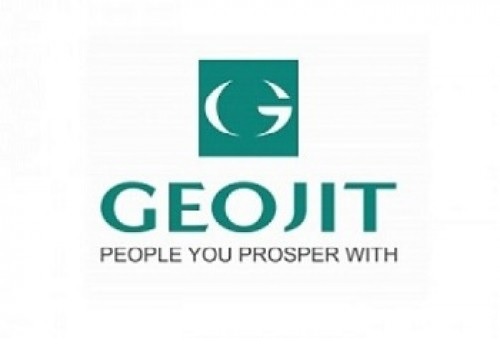





Top News

“3 Things That Happen To The Markets While You Sleep” on behalf of Mr. Prabhakar Tiwari, Ang...
Tag News

Monthly Debt Market Update, September 2023: CareEdge Ratings








